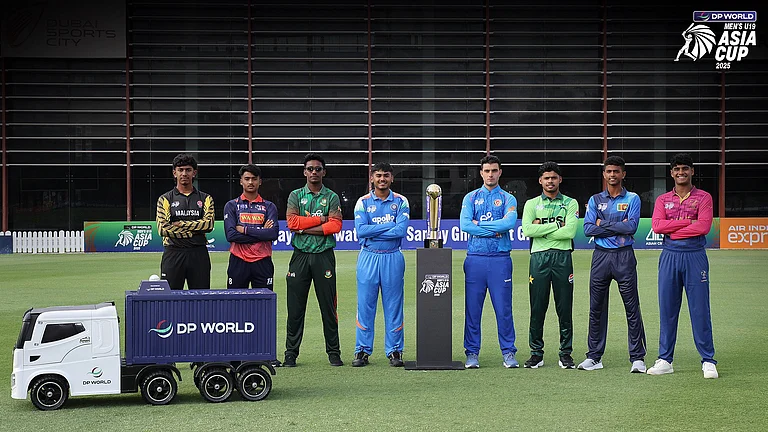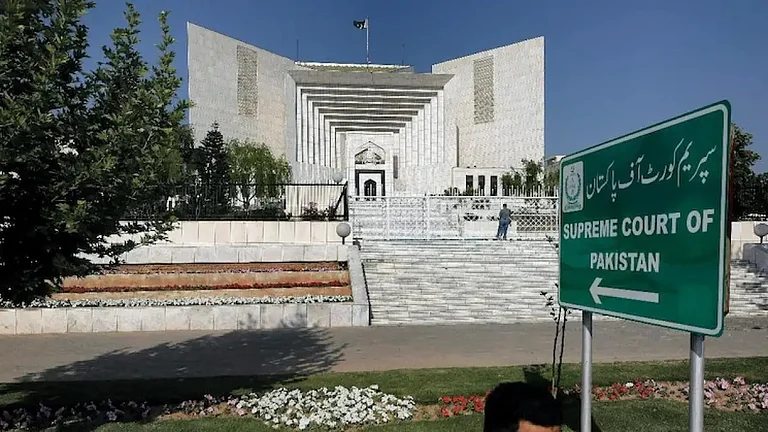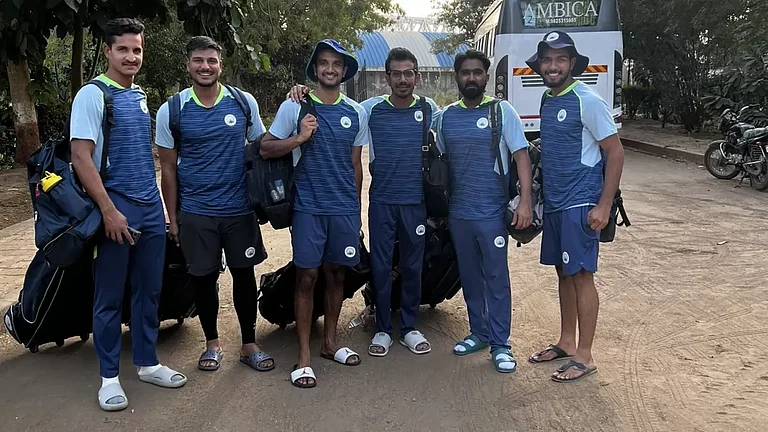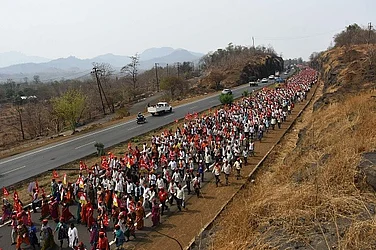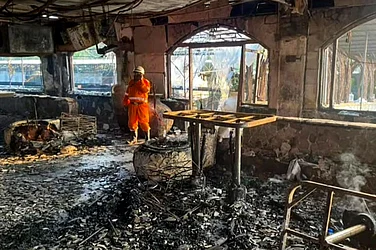Here is some advice for executing tunnelling projects in the fragile Himalayas: trust experts and avoid pushing them to expedite projects before deadlines. Just as surgeons are entrusted with a surgery's timeline, tunnel projects also require the same level of autonomy.
After a rockfall in Uttarakhand caused the under-construction Silkyara Tunnel in Uttarkashi to cave in, trapping 41 workers since the morning of November 12, tunnelling experts from different parts of the country were prompted to come to the hill state to facilitate the rescue operation and also understand what they could do in similar situations.
Following the Uttarkashi incident, the Ministry of Road Transport and Highways directed all agencies engaged in tunnelling projects across the Himalayas, asking them to dispatch at least two experts to the Silkyara tunnel site. These experts were asked to assess the incident site, provide recommendations for the rescue operation, and also learn lessons on how to avoid such kinds of incidents.
While many experts argue that the Himalayas are geologically active and fragile and that there has to be an alternative way to imagine connectivity, those dealing with tunnelling projects say there is no alternative to tunnels.
Harpal Singh, who is overseeing the strategically important Zojila tunnel project, which will link Jammu and Kashmir with UT of Ladakh, was at the Uttarkashi site, actively participating in supervising the rescue efforts.
"The Himalayas are a young mountain system, resulting in inconsistent rock formations that pose stability challenges during tunnelling. Situations like that of Silkyara have occurred several times, but fortunately, there have been no casualties, which is why such incidents don't make national news like Silkyara," Harpal Singh, Project Head of the Zojila Tunnel, told Outlook.
According to Singh, the Uttarkashi incident holds crucial lessons for tunnel managers, construction companies, and government agencies involved in both large and small-scale tunnelling projects. "Constructing a tunnel is not an overnight affair. Blindly forging ahead is not an option. One must listen to the signals from the ground and listen to messages conveyed by the rocks. It's essential to gauge whether a three-meter blast or a one-meter blast is necessary. If you don’t know all this, you are in trouble," he says.
"Most important is you must proceed cautiously during tunnelling projects. Excavate only to the extent necessary to prevent rock collapse," he says.
As tunnelling projects often aim to finish before the deadline, they impose additional pressure on construction companies. Singh advices against it. “There is no room for any kind of pressure in the tunnelling projects,” he says.
“Given our country's Himalayan terrain, alertness remains crucial. While this alertness may cause project delays, it serves as a safeguard against tunnel collapses, which could jeopardize the entire project,” he adds.
However, Singh strongly defends carrying out large and small tunnelling projects across the Himalayas, whether for roads, railways or dams and insists that tunnelling is the way forward towards progress and development.
“There's no issue with constructing tunnels in the Himalayas. They are essential for enhancing road infrastructure, reducing distances, and ensuring year-round accessibility to remote areas. Tunnels have significant strategic value. It's impractical to suggest that tunnelling activities should be prohibited in the Himalayas,” he says.
While talking about the Zojila tunnel, Singh says his crucial goal is ensuring no incidents occur during the tunnelling process.
The Zojila Tunnel stands as Asia’s longest bi-directional tunnel. However, in January this year, construction faced setbacks following two snow avalanches. These incidents resulted in the loss of two workers from the construction company Megha Engineering and Infrastructure Ltd. (MEIL), which had been tasked with building the Zojila tunnel.
MEIL was awarded the contract on October 1, 2020, and construction on the Zojila Tunnel, connecting Jammu and Kashmir with Ladakh, began in April 2021. This tunnel, shaped like a horseshoe, will be a two-lane highway measuring 9.5 meters wide and 7.57 meters high. The project is scheduled for completion by 2026. "We've successfully completed the 7.5 km Zojila tunnel and the five-km Nilgarh tunnels," Singh says. “Escape tunnel which is smaller in size must run parallel to expedite progress and safety in case of tunnel collapse, which is standard procedure for a long tunnel-like Zojila,” he adds.
"Our primary focus is on safety: no injuries, no rockfalls, and absolutely no tunnel collapses," he says. “When the avalanches happened in January, we moved all 1000 workers from the site. Safety is our priority,” he adds.







